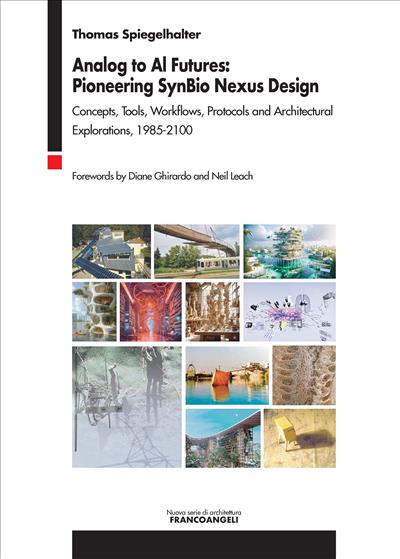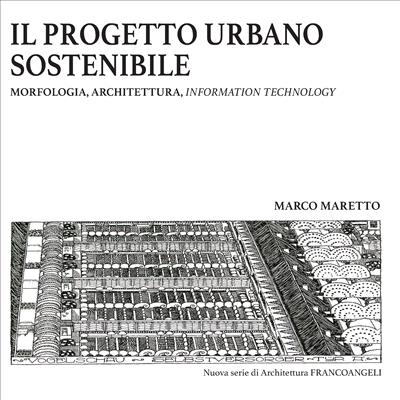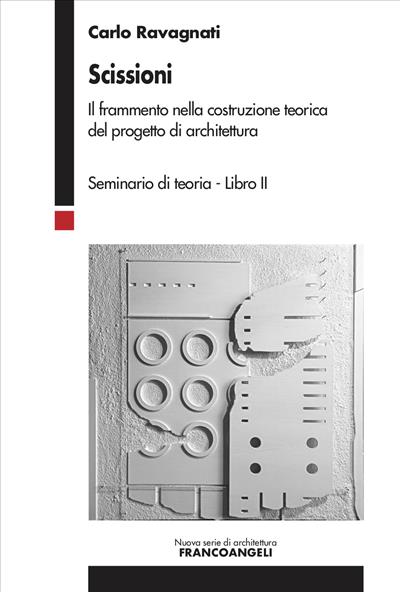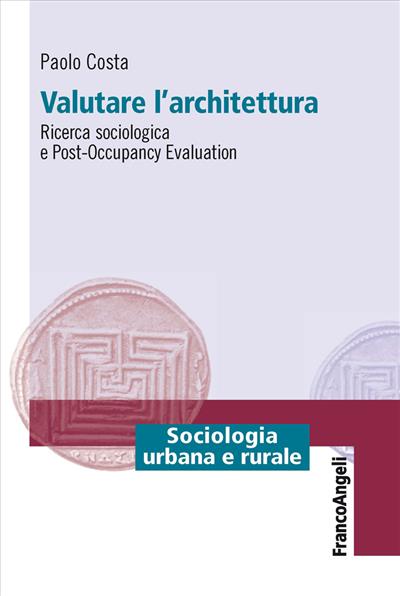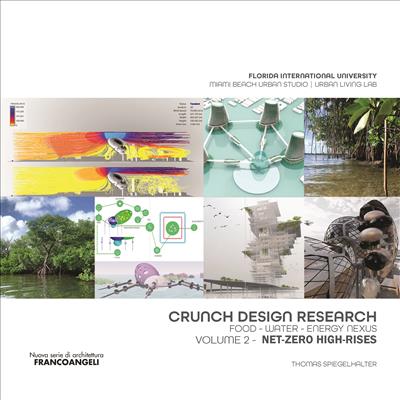
Crunch design research
Food, water, energy nexus. Volume 2 - Net-Zero High-Rises
Greater Miami and the Islands are one of the most climate-vulnerable regions on planet Earth. In the coming decades, the low-lying areas of Miami are set to be swallowed by sea-level rise combined with increased yearly threats of hurricanes, king tides, tropical storm surges and heatwaves. Under the three year umbrella of CRUNCH (Climate Resilient Urban Nexus CHoices), and the Food-Water-Energy Nexus research, this Second Volume looks at designing adaptive, resilient, biology-inspired, off-the-grid and carbon-positive green-blue infrastructures, self-growing coastal barrier islands and buildings on a timeline from 2019 to 2100.
PDF with DRM
33.00
PDF with DRM
33.00
Pages: 234
ISBN: 9788835111177
Edizione:1a edizione 2021
Publisher code: 1098.2.63
Can print: No
Can Copy: No
Can annotate: Sì
Format: PDF con DRM for Digital Editions
